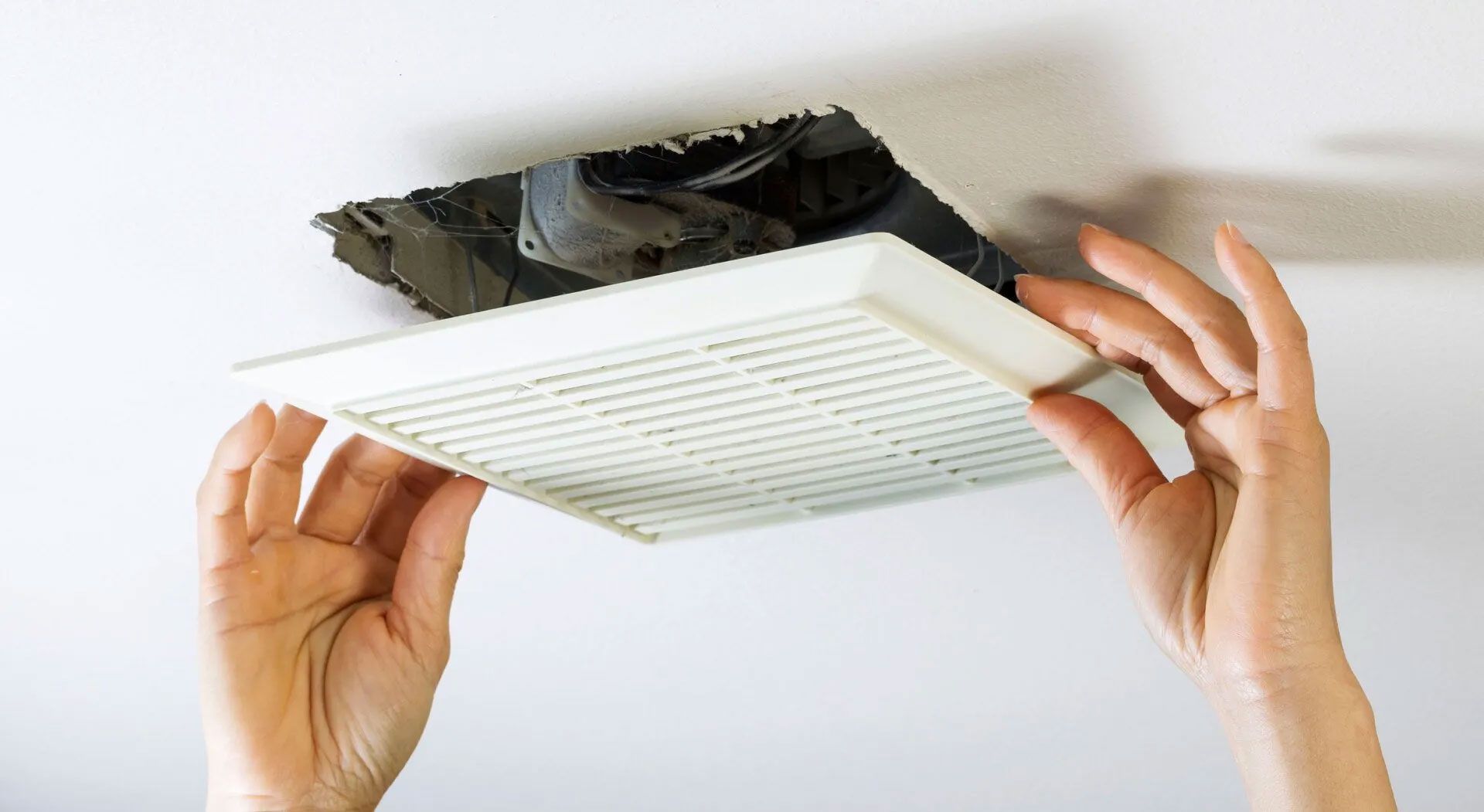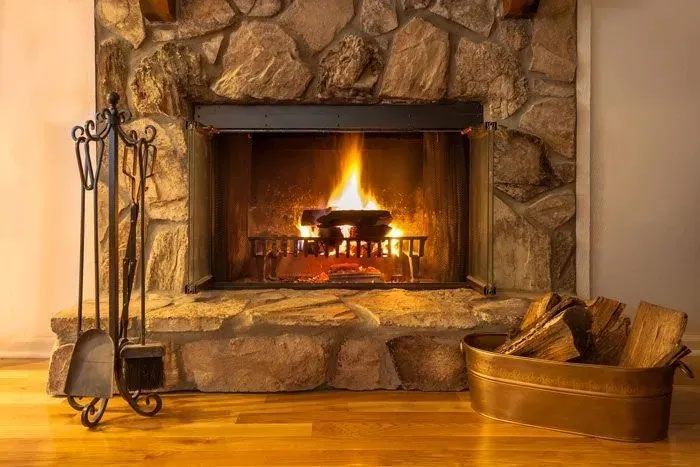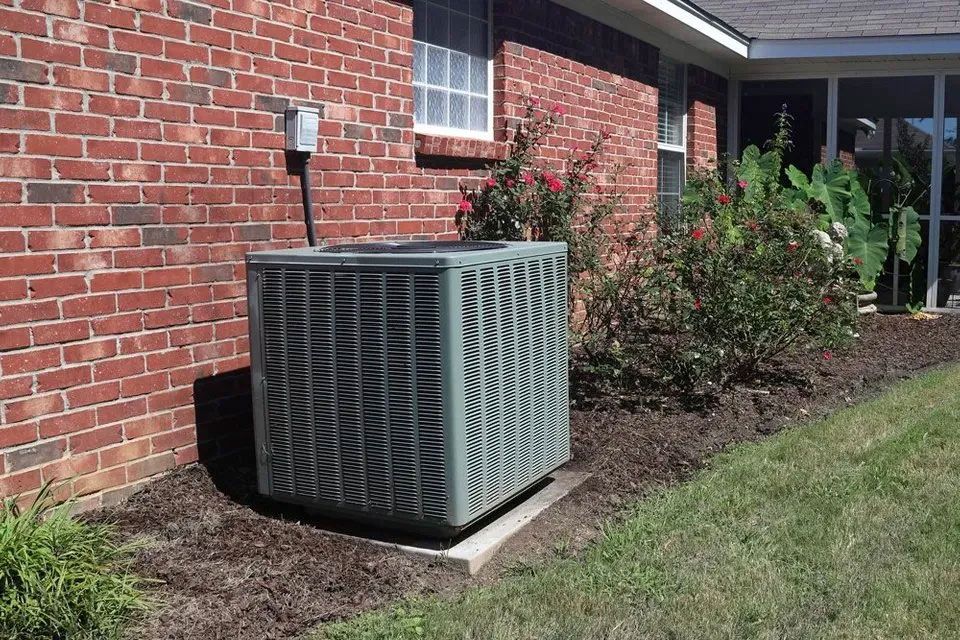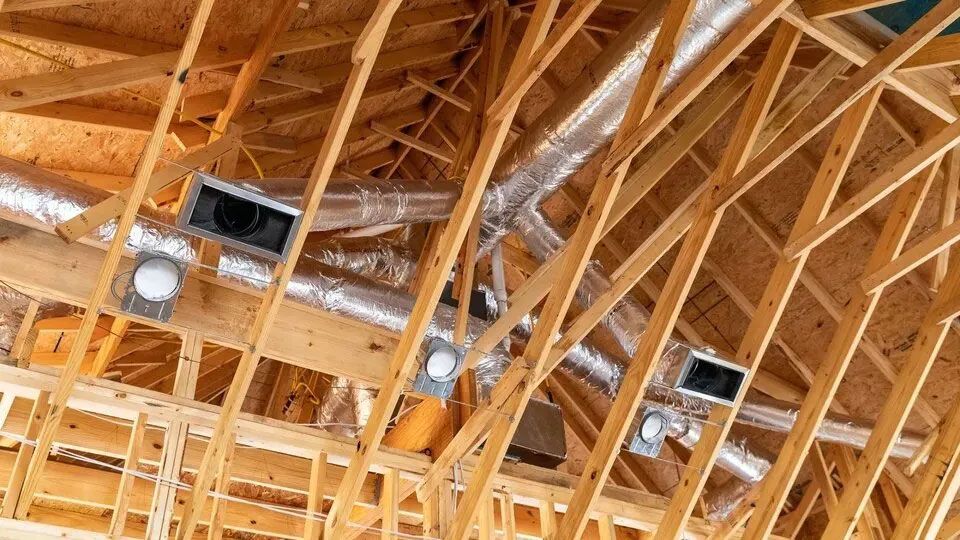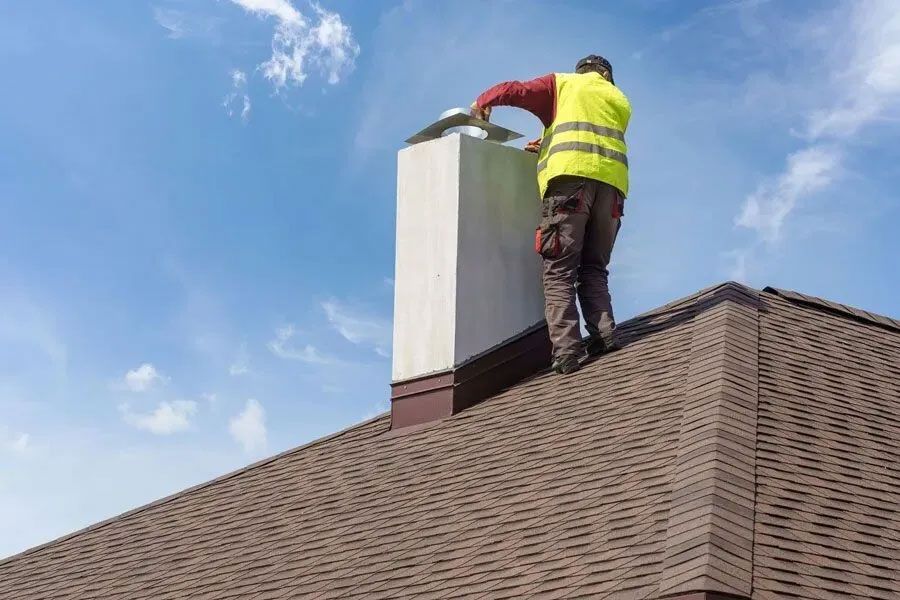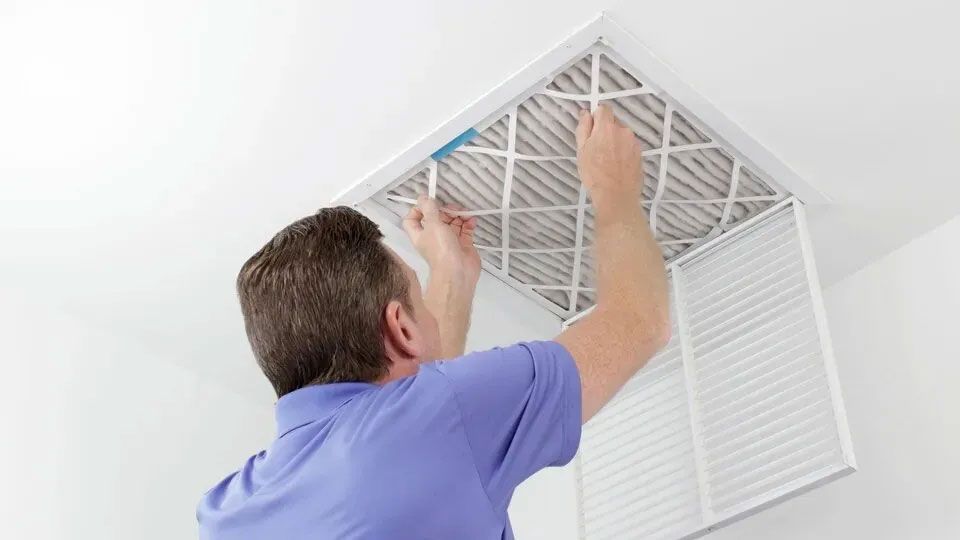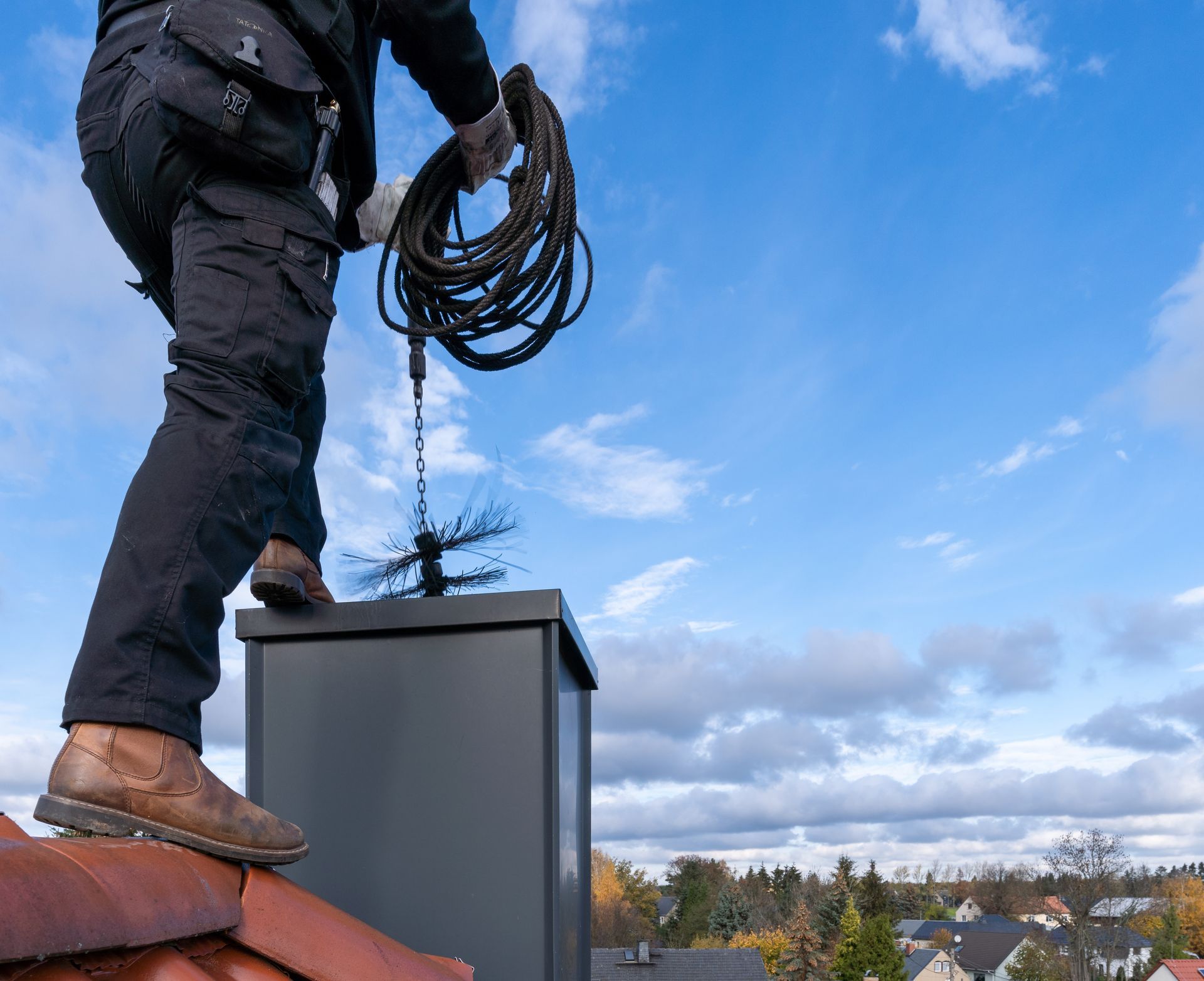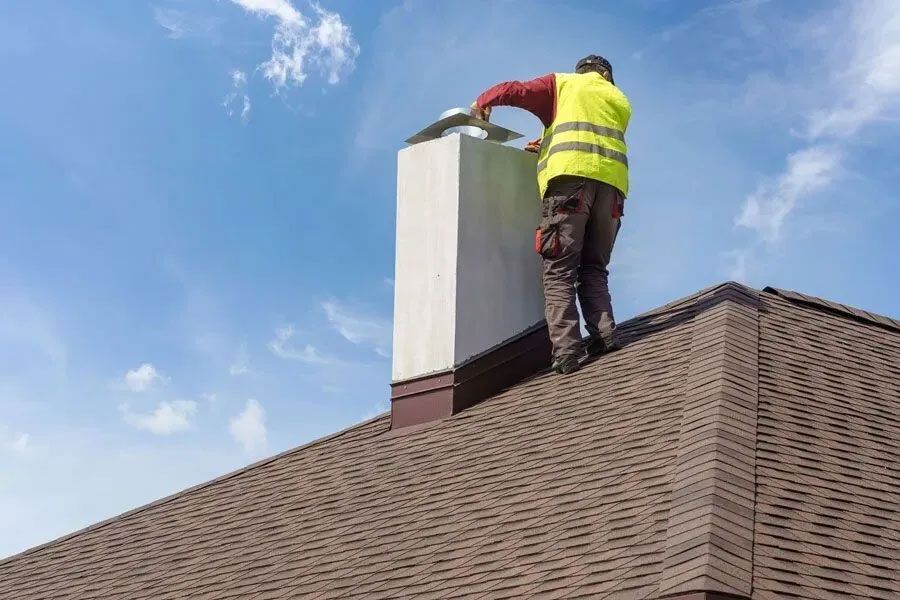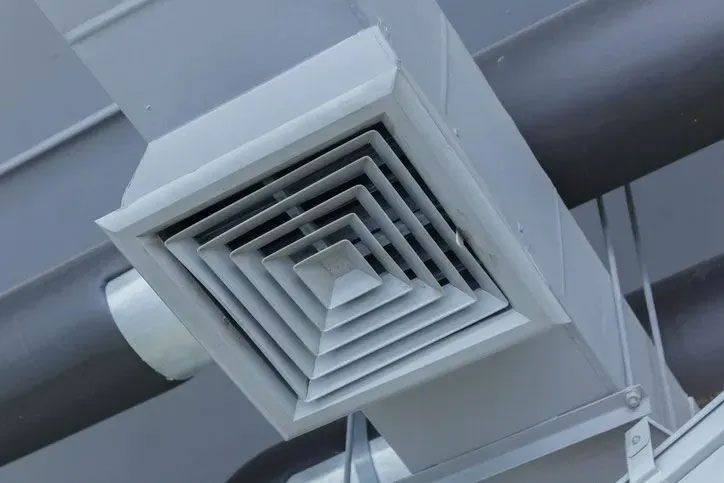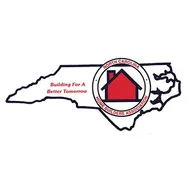Signs of a Mold Problem in Your Home
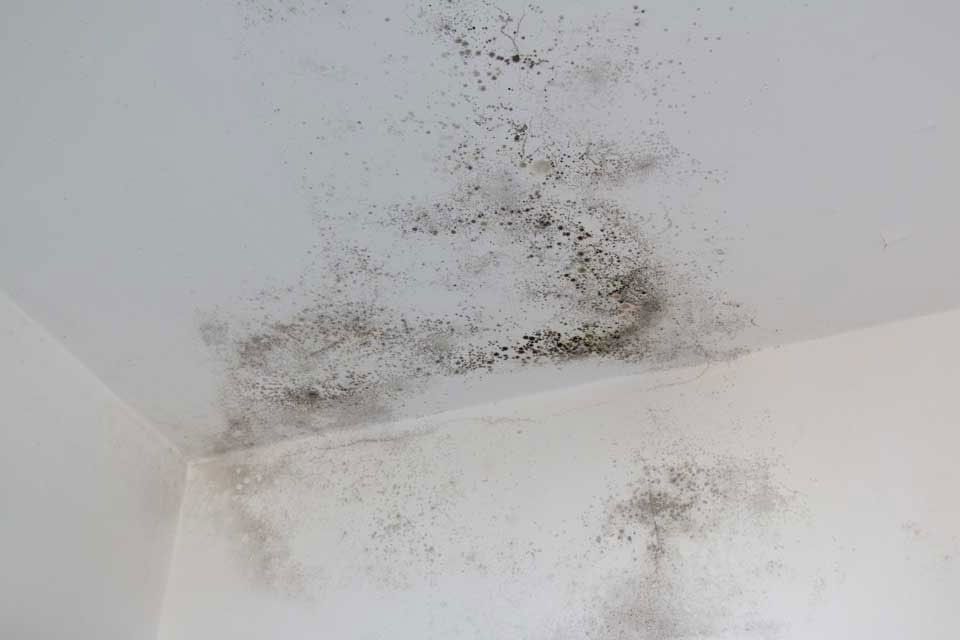
While some mold infestations will take place where mold growth is directly visible, many are harder to detect. Mold likes to hide in dark, damp areas of your home that are seldom looked at, so homeowners need to be aware of other symptoms of mold growth so they aren't caught off guard. Here is an overview of four ways you can spot a mold problem in your home.
1. Musty Odor
If you can't see any mold growth in your home, the next most obvious sign is the characteristic odor that mold causes. The smell of different species of mold can vary somewhat, but all mold has an odor with a damp, musty element. Homeowners often describe mold as earthy or similar to rotten wood and wet soil.
If you have been living with mold for an extended time, you may have gotten used to the smell even as the mold in your home continued to spread. Sometimes, you may notice that the smell gets stronger when you run your heat or air conditioning. This can happen because the insides of air ducts are an excellent environment for mold to grow, and using your HVAC system circulates mold spores through your home.
2. Health Symptoms
The most important reason to get rid of mold is to protect your health and the health of others in your home. Mold spores can be toxic, and mold in your indoor air can be especially irritating to those with allergies, existing respiratory conditions, or weakened immune systems. If anyone in your home seems to have a persistent cold, cough, or sinus problems, it may be time to schedule a mold inspection.
Prolonged mold exposure can lead to serious sinus and respiratory conditions such as bronchitis or chronic rhinosinusitis. Other symptoms of mold exposure include fever, nausea, headaches, and insomnia. If these symptoms are more severe at home or are relieved when you leave your home, mold growth is likely to blame.
3. High Condensation in Home
Moisture is a key element that mold needs to prosper. If the air in your home is humid enough, mold can even survive off of moisture from the air that condenses on cool surfaces. If mold from condensation is visible, it will usually look like small black spots that coalesced around droplets of moisture on a wall or other surface.
Common problem areas in the home where condensation can lead to mold growth are on bathroom tiles, inside air ducts, and around plumbing fixtures and windows. Moving moist air outdoors is the best thing you can do to reduce condensation in your home. Use extractor fans in your restrooms, make sure your kitchen is ventilated when cooking, and make sure your washer and dryer are properly vented outside.
4. Water Damage Problem Areas
Anywhere that moisture is present in your home, mold is likely to follow. Watch out for signs of water damage and plumbing leaks so you can dry the areas as quickly as possible. Water stains on walls and ceilings, bubbling paint, peeling wallpaper, and sagging walls or floors are warnings that a hidden moisture problem needs to be taken care of.
Insulation and drywall are two common building materials that are excellent at harboring mold when they get wet. Replace any wet insulation batting or drywall promptly, and consider using drywall boards with mold and moisture inhibitors to prevent the problem in the future.
Knowing the less-obvious signs of mold growth will let you deal with mold growth before it turns into an infestation. Contact us at Carolina Ductmasters for mold remediation projects of any size so we can help you keep your indoor air clean and healthy.
